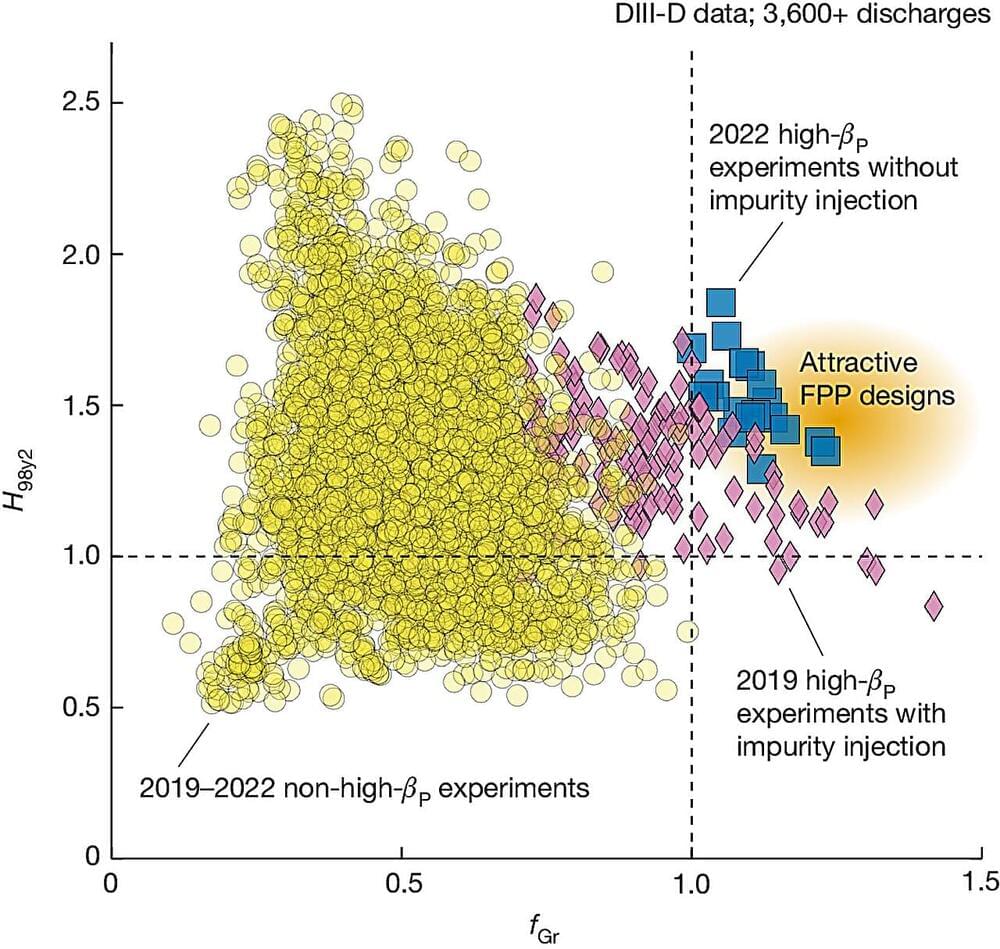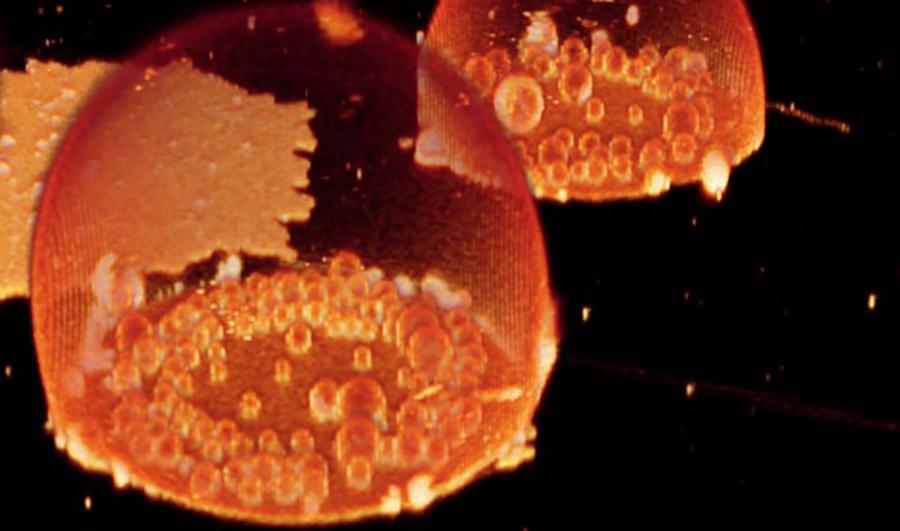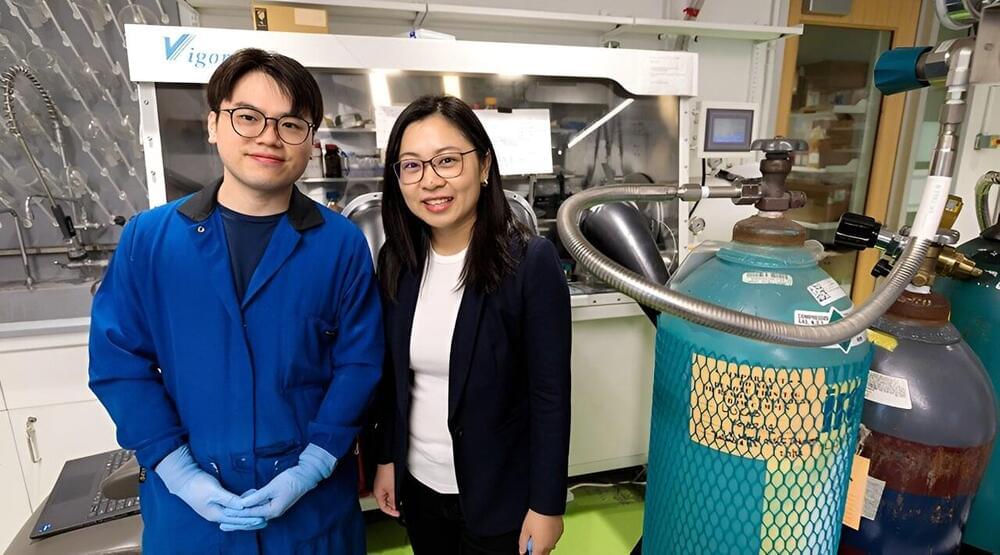Jun 11, 2024
Scientists make and test efficient water-splitting catalyst predicted by theory
Posted by Shailesh Prasad in categories: chemistry, energy, sustainability
Hydrogen (H2) is a promising fuel for reducing greenhouse gases, especially if produced by using renewable energy to split water molecules (H2O). But as simple as it may seem to break water into hydrogen and oxygen, the chemistry is complex.


















